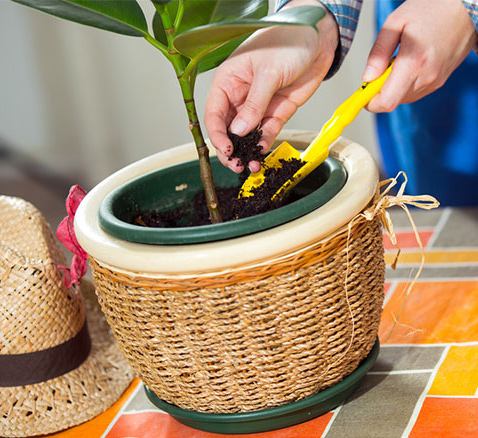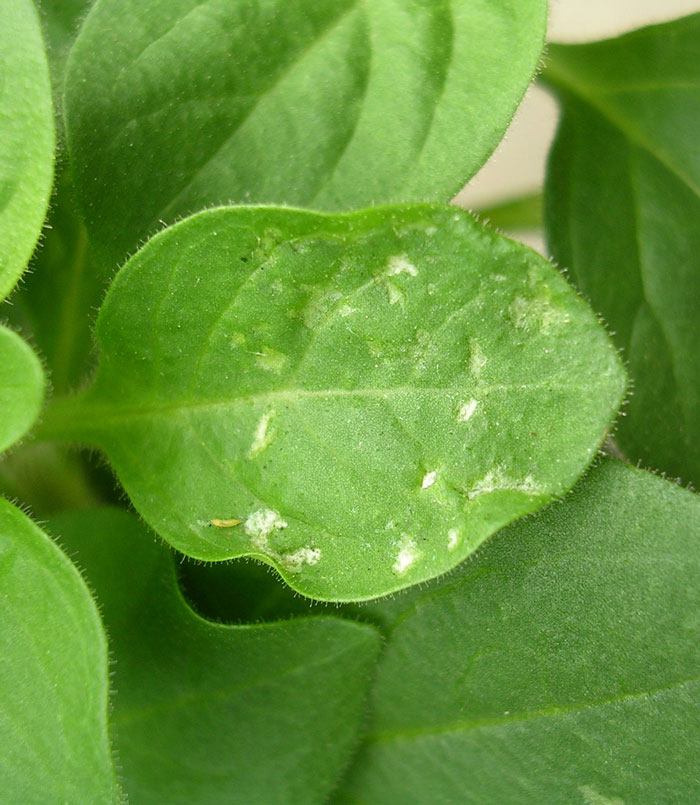Would you like to grow your own citrus fruits—lemons, grapefruits, mandarins, oranges, limes? A one-bedroom apartment allows you to host a citrus tree in a pot. With dwarf indoor varieties, this dream is not as far from reality as it might seem. However, it’s not an easy task.
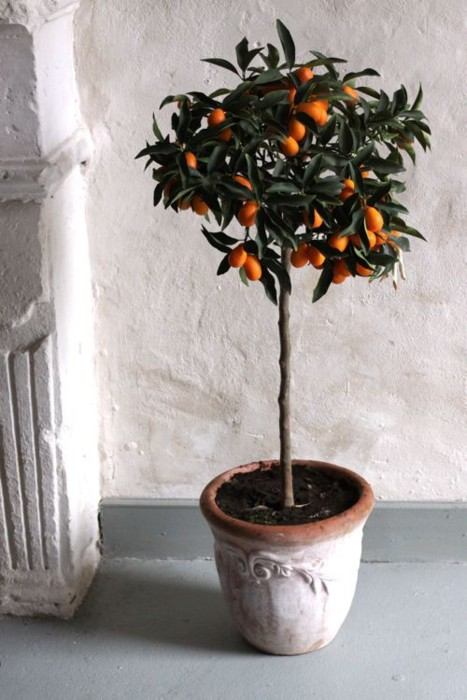
Dwarf citrus trees have come a long way through artificial evolution. Selection has not only resulted in the miniature size of these plants but also in wonderfully flavored fruits, resistance to lower temperatures, and extraordinary decorative appeal. Small, potted varieties of citrus trees bear fruit faster and more abundantly. Despite their small size, the fruits of dwarf trees are of normal size.
Pot for Dwarf Citrus Trees
A 3-liter pot or container is suitable for seedlings. For an apartment, a 15-liter pot will be enough. Some recommendations suggest not using overly large pots to avoid root rot. However, if your tree will be outdoors, exposed to the elements, you can choose a container to your liking without fearing waterlogging. Small pot, small plant.
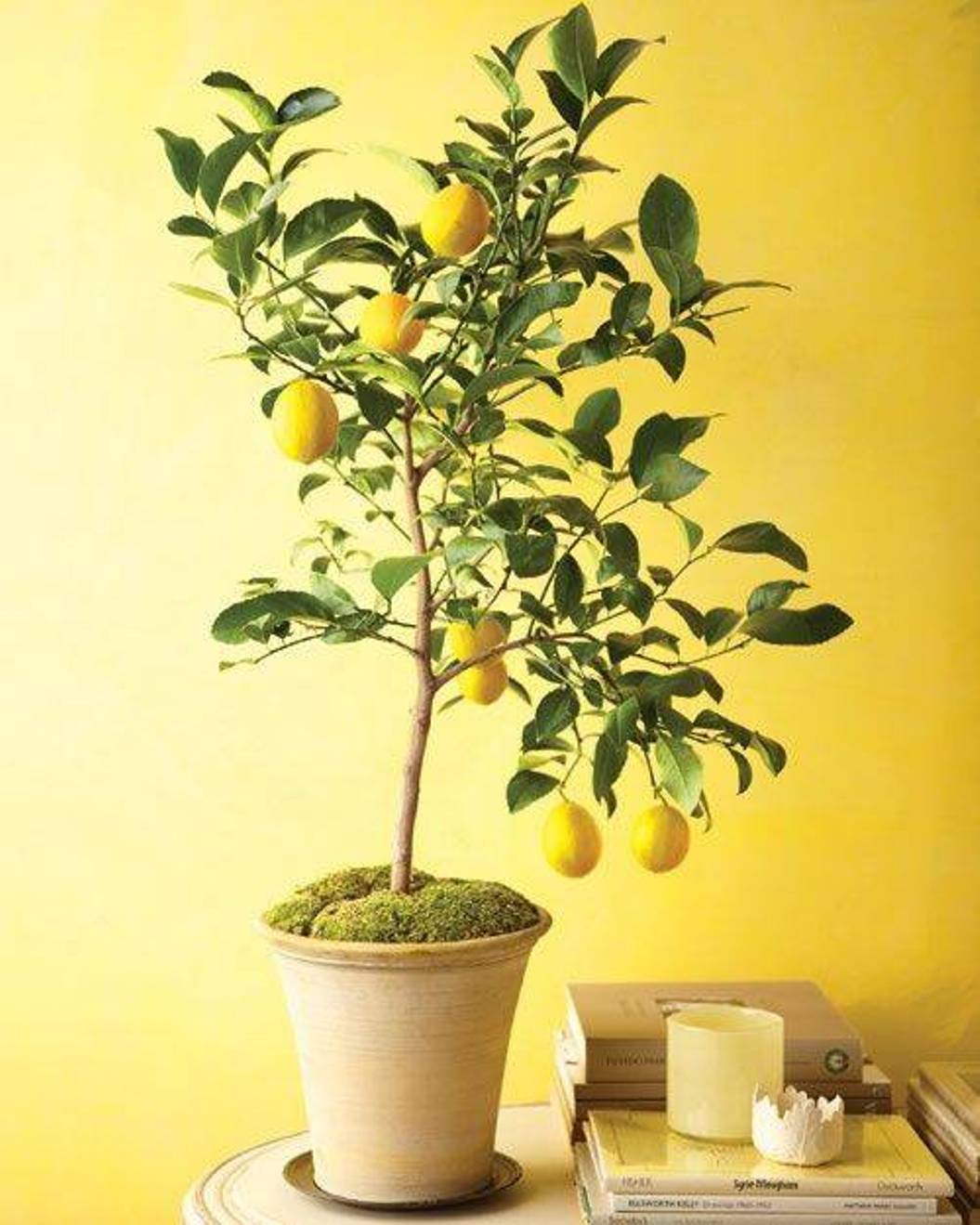
I wouldn’t recommend using ordinary plastic buckets for this purpose, as strong roots can cause the bucket walls to crack. Clay pots allow the roots to breathe but dry out quickly, while plastic retains moisture but doesn’t allow airflow. A wooden crate would be ideal if it didn’t rot so quickly. Whatever option you choose, there are solutions to help. For example, inserting a wooden stick into the soil down to the drainage layer and periodically replacing the topsoil.
A container of about 40 liters will allow you to grow a tree up to 2 meters tall (suitable, for instance, for a greenhouse or insulated veranda).
Soil for Citrus Plants
Use light, fertile soil mixed with perlite and vermiculite. Specialized soil for citrus plants is available in stores, but some believe that soil quality is not the most critical factor. A well-draining soil mix with coarse drainage material is very important.
Watering
Citrus plants do not tolerate overwatering. However, from May to September, you can completely submerge a clay pot with the plant in warm water once a month for a few minutes, allow the water to drain, and place it on a tray, avoiding drafts until dry. If the pot has been in the sun, let it cool down to room temperature before plunging into water. Spray the foliage as often as possible in hot weather, but avoid doing so under direct sunlight.
If the soil appears insufficiently moist but it’s too early to water, simply mist the leaves. Keeping the plant outside—on an unglazed balcony or terrace—is highly beneficial, as it receives fresh air, morning dew, and rain. For watering, aim at the edge of the pot to moisten the fine roots and prevent the leaf edges from turning yellow. Bottom watering using a tray filled with pebbles is also effective. Citrus leaves also absorb nutrients well via foliar feeding.
Citrus Lighting
Citrus trees require the most intense lighting—8 to 10 hours of western or southern exposure. In winter, they may need additional light. If the pot is located near radiators, place a container of water nearby (this benefits everyone).
Air Temperature for Citrus Plants
The minimum air temperature for citrus trees in their natural environment is 7-14°C. This range is suitable for wintering on an insulated balcony. There’s also an approximate temperature table to consider:
 . Make sure to clean the leaves of dust so that moisture evaporation and ultraviolet absorption are not hindered. Citrus trees actively absorb manganese, iron, and zinc.
. Make sure to clean the leaves of dust so that moisture evaporation and ultraviolet absorption are not hindered. Citrus trees actively absorb manganese, iron, and zinc.
Wintering Citrus Indoors
During winter, provide the tree with as much light as possible and reduce watering. Pruning will help ease the plant’s load. Shield the plant from radiators and drafts. In colder months, misting is a better option than direct watering. Humidity levels should be higher than in summer. It’s highly recommended to use supplemental lighting so the citrus tree doesn’t grow at the expense of future flowering and fruiting.
In winter, leaves may become smaller or even partially fall off. Once new leaves start appearing in spring, gradually increase watering. Nighttime temperatures should be slightly lower than daytime ones. Night ventilation can help regulate temperature.
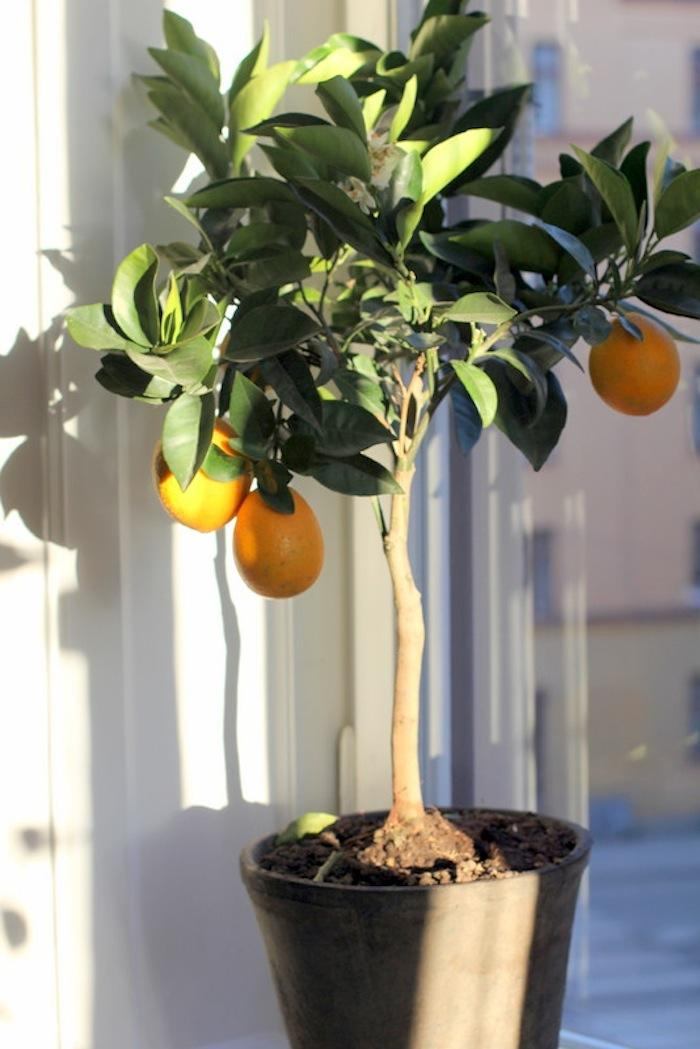
Citrus Transplanting
It’s advisable to transplant citrus trees every two years, though as the container size increases, transplanting can be done less frequently. Instead of a full transplant for mature trees, replacing the topsoil can be a practical solution. Transplantation can be done in the fall, before the dormant period, or in early spring. If the plant has just been purchased, it should also be transplanted. In general, the rules for transplanting citrus trees are no different from those for other plants. Plant at the same depth, and do not cover the base with soil.
Pruning and Fertilizing Citrus Plants
Pruning is a must—it directly affects the yield, rejuvenates the plant, and forms a dense crown. This should be done frequently but moderately, all year round. Fertilize moderately and do not feed during the dormant period. After transplantation, avoid fertilizing for about 2 months. Choose specialized fertilizers for citrus plants, such as humic solutions, Californian worm compost, compost, or fertilizers made from banana peels. Citrus plants can be affected by spider mites and powdery mildew.
How to grow a dwarf citrus tree from scratch will be discussed in my next article.
